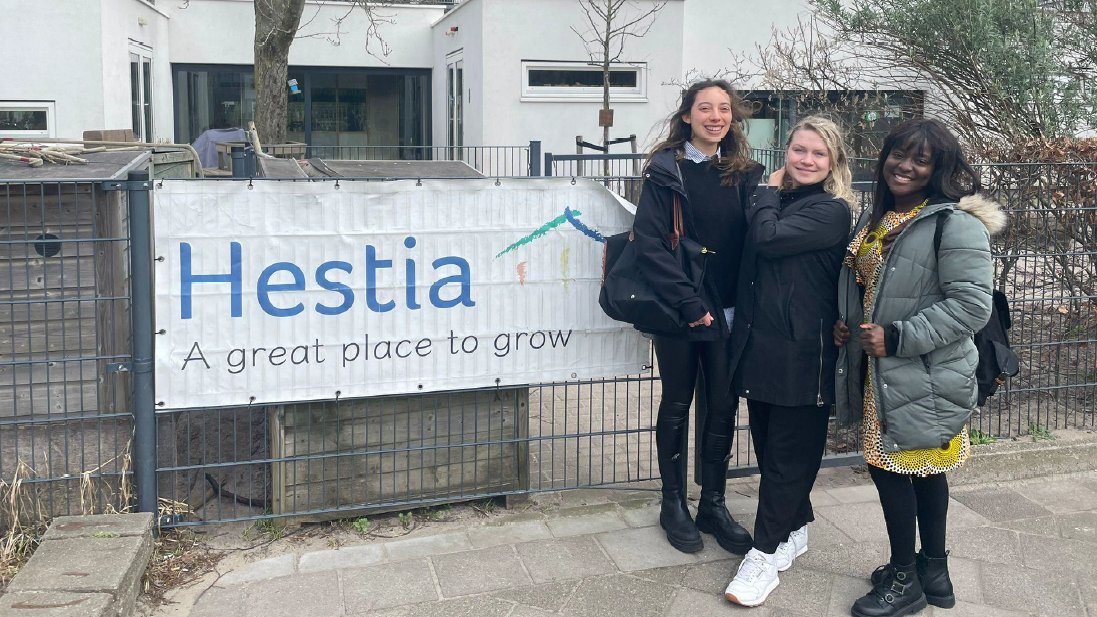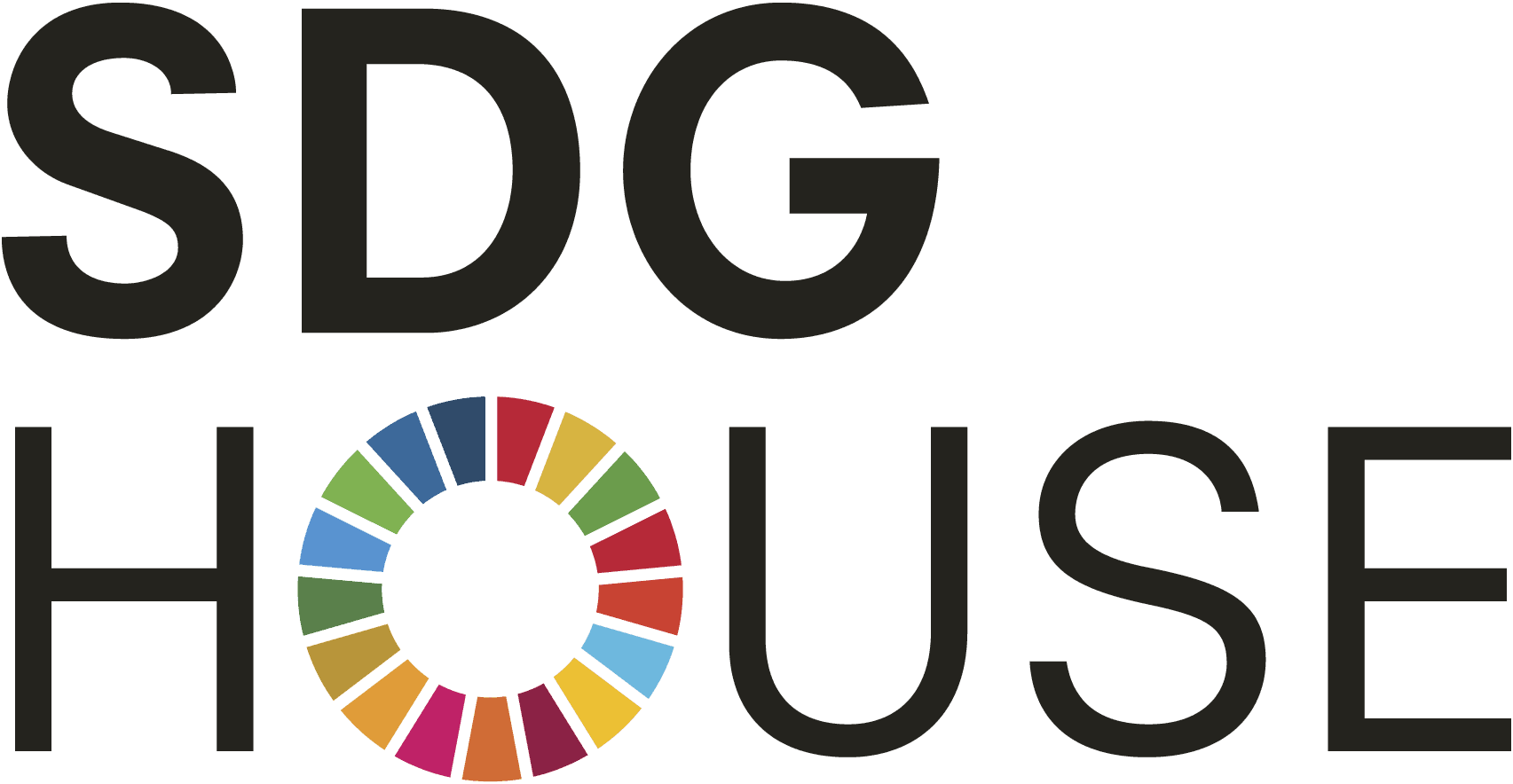How does childcare and the implementation of the SDGs go together? When our group was assigned
with this project we did not immediately recognize the connection. However, upon a closer look (and
now almost a month into the traineeship) it is evident that a kindergarten is among the most
appropriate fields to begin to promote sustainable awareness and behaviour. Hestia Kinderopvang, a
bilingual child care centre with in total four locations across Amsterdam and Amstelveen, has
previously collaborated with the SDG Traineeship program. In that first project cycle, the consultant
group supported Hestia in finding ways in which the organisation could further cement the SDGs in
their written policies and day-to-day practice.
In the end, they produced a checklist of goals through which Hestia strives for positive impact in
regards to sustainability in their daily operations. This conclusion of the previous project is also the
starting point for our current undertaking; a project with the aim of improving the physical sustainability
of the locations where Hestia operates. In particular, Hestia tasked us with finding ways to improve the
locations in regard to water and energy consumption, possibly CO2 reduction, as well as greening of
the residences. Ideally, we will also use the time throughout this project to find a baseline
measurement to assess the energy proficiency and sustainabilisation of Hestia to allow for
comparison amongst the locations, and over time.
Our team, which consists of Elena Olivieri, Laura Morales Nuez, Salomé Naa Amerley Amartey, and
Leandra Porcher, and is under the supervision of Martin Clemens Villa, has been working out the
initial details about this project over the past few weeks and used the time mainly to get more
acquainted with the project and the organisation. At the end of March, we also were given the
opportunity to visit a location in person and receive a tour around the premises. Between toddler-sized
eating tables, craft corners, and child-friendly libraries, we quickly realised that the entire location is
very intentional in the way that they create the children’s environment and overall tries to educate
them in close connection to the nature surrounding it. Our contact person, Tessa, answered all of our
questions thoroughly and told us about their principle of playing outside in any weather (“There is no
bad weather, simply bad clothing”), as well as different projects that they have done in the past with
the children. Through the projects, the children in the daycare and afterschool care are familiarised
with different cultures, the importance of biodiversity, recycling and so forth. After our first visit, we
realised the broad potential that an implementation of the SDGs has within this organisation and we
were very impressed by how advanced they already are today. Because the scope of the SDGs is so
broad and holistic, we are also glad to have a relatively concrete project laid out for us. Beyond the
fascinating educational aspects of the SDG’s, our project will most directly focus on the biophysical
implementation of the SDG’s. For the way forward, our team has identified a couple of central SDG’s
which our project will mostly relate to, namely SDG #6 Clean Water and Sanitation, SDG #7
Affordable and Clean Energy SDG #9 Industry, Innovation and Infrastructure, as well as #12
Responsible Consumption and production.
In the upcoming weeks, we look forward to a close collaboration with Hestia and are ready to dive
deeper into the subject of implementing physical sustainability. Ultimately, we want to arrive at a set of
deliverables that support them in their approach to become a prominent educational centre that
teaches future generations the importance of sustainability by leading through example.

